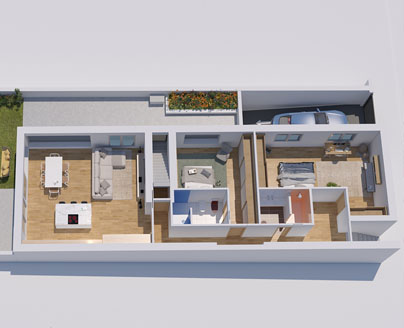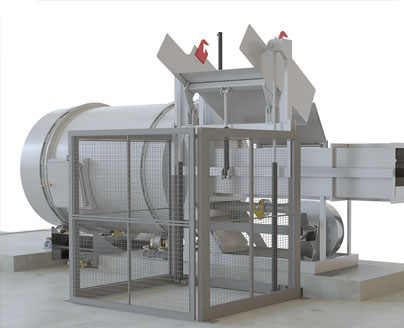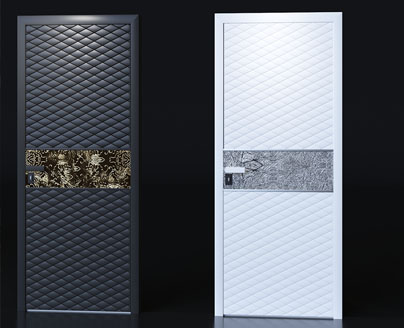Exploring the World of 3D Animation Projects
In recent years, the demand for innovative 3D animation has soared, owing to its powerful impact across various industries such as film, gaming, marketing, and education. In this detailed guide, we explore the essentials of successful 3D animation projects, highlighting the critical components and latest trends that shape the industry today.
Key Elements of 3D Animation Projects
Creating a successful 3D animation entails several crucial steps that contribute to the projects overall effectiveness and appeal. Understanding these components can significantly enhance your projects quality and relevance in the competitive digital landscape.
- Storyboarding: The backbone of any 3D animation, storyboarding involves visualizing scenes and determining the flow of the storyline. This pre-visualization step is essential for aligning the narrative with the visual execution.
- Modeling: This is where characters, props, and scenery are built. Using specialized software, 3D models are crafted to give depth and character to the proposed animation.
- Texturing: To make the models appear more lifelike, textures reflecting real-world materials are applied. Texturing adds color and detail, enhancing the visual quality and realism of the animation.
- Rigging and Skinning: This important process involves creating a skeleton for models that allows them to move. Rigging defines the movement capabilities, while skinning attaches the models mesh to the rig.
- Animation: The actual movement of characters is created in this step. Animators manipulate rigs to make models act, move, or interact according to the storyboard.
- Lighting and Rendering: Lighting is crucial for setting the mood and enhancing realism, while rendering is the final step where all visual assets are compiled to produce the final video output.
Technologies and Software for Top-Quality 3D Animations
Several advanced software tools and technologies are pivotal in crafting high-standard 3D animations. Professionals commonly use applications like Autodesk Maya, Blender, and Cinema 4D for various aspects of animation. These tools offer robust features that are continuously updated to handle complex scenarios and detailed animatronic elements.
Future Trends in 3D Animation
The future of 3D animation promises even greater integration with technologies like virtual reality (VR) and augmented reality (AR), enhancing interactive experiences.
Furthermore, the onset of artificial intelligence in animation has started to streamline processes, from rendering to generating lifelike motions and emotions in characters. As these technologies evolve, the scope and accessibility of 3D animation expand, opening new avenues for creators and audiences alike.
To stay ahead in the competitive field of 3D animation, embracing new technologies, continuous learning, and staying updated with industry trends is vital. Whether you are a novice exploring the basics or a professional honing advanced techniques, the dynamic and ever-evolving world of 3D animation holds endless possibilities.













